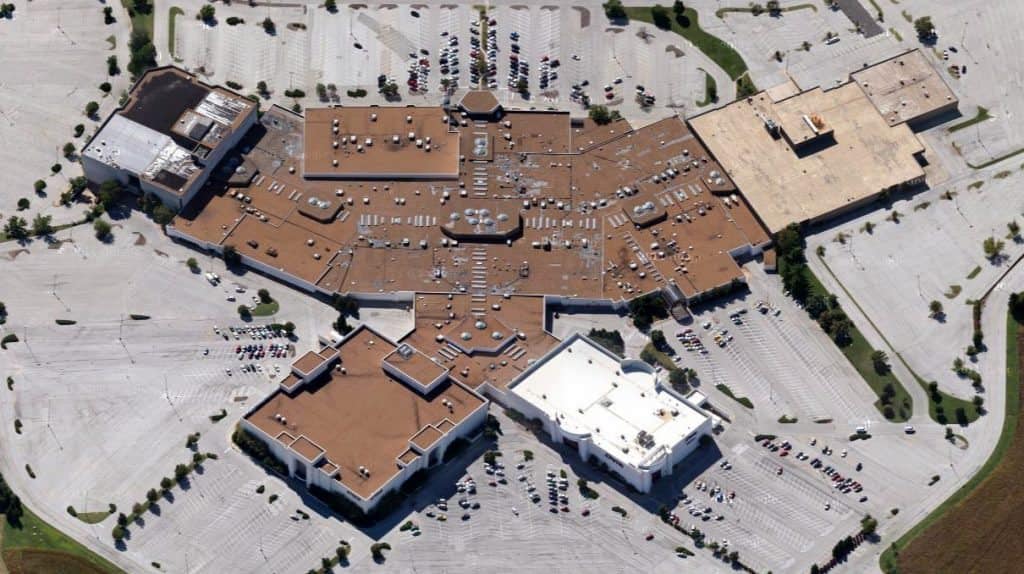You may soon be buying and selling a real estate inside malls. It’s getting more common, as enclosed malls across the country expect to reinvent themselves. In addition, some communities discover that moving into a mall could be a boon for property values.
Those massive, enclosed malls once popular in the ’70s, ’80s and ’90s are dying off. More shoppers are buying online instead of driving, and visitors among the largest malls in the country is plummeting. Stores are closing and some entire malls are going dark.

Perishing suburban malls develop into real estate paradise
About 200 malls have closed down during the past two years across the country, says Ellen Dunham-Jones, an urban design professor at the Georgia Institute of Technology in Atlanta. About 1,100 enclosed malls remain.
But what does a community do when it has approximately 1.2 million square feet of vacant retail space in a prime area of town?
Nearly 300 former malls have become – or are in the process of becoming – mixed-use developments, and 50 or so are adding in housing, Dunham-Jones says.
Closed malls are now being transformed into public parks, medical complexes and even hockey rinks. They’re being reimagined as walkable “urban developments in the suburbs,” outfitted with boutiques, restaurants, fitness centers, entertainment and housing.
Developers are eyeing shopping malls as prime real estate, particularly during a period when land has become scarce and pricier for new construction. At 50 to 100 acres, including parking lots, a closed mall may well be a bargain, and it’s already about the size of a planned community or subdivision.
“The dead malls and the dead parking lots are the new cheap land,” Dunham-Jones says. “A lot of developers are finding land that’s already been cleared. It’s flat; it’s already got some infrastructure on it [such as utility lines].”
There are already several success stories to point to with the revitalized suburban mall. As an example, the Boca Mall in downtown Boca Raton, Fla., was razed in 1989. Two years later, it became Mizner Park, a 30-acre project with shops, restaurants, office space and nearly 300 housing units. Property values skyrocketed about 14 times in 12 years after its opening.
In another project, the Arcade Providence in 2013 was turned into 48 affordable micro-apartments on the second and third floors coupled with boutiques on the ground floor. Median home prices near the arcade surged about 39% the year it opened in 2013, in accordance with the Rhode Island Association of Realtors® & State-Wide MLS.
“It’s revitalized the whole downtown area, because it’s brought shops and people living there,” Sam Glicksman, a real estate professional with William Raveis Realty, told realtor.com. “Prices have gone up because demand has gone up. … A lot more people want to live downtown [now].”